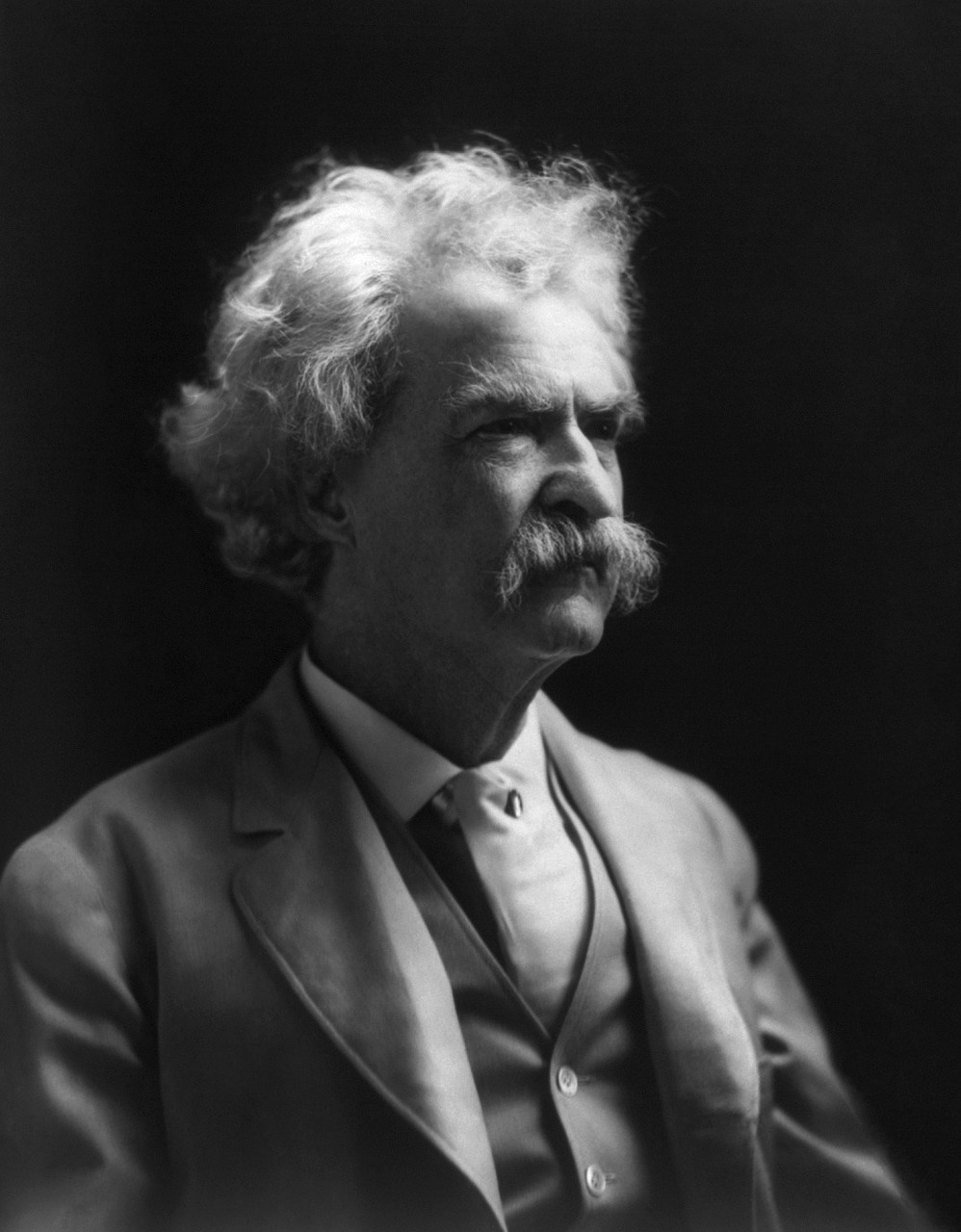The Lincoln-Kennedy Connection That Defies Logic
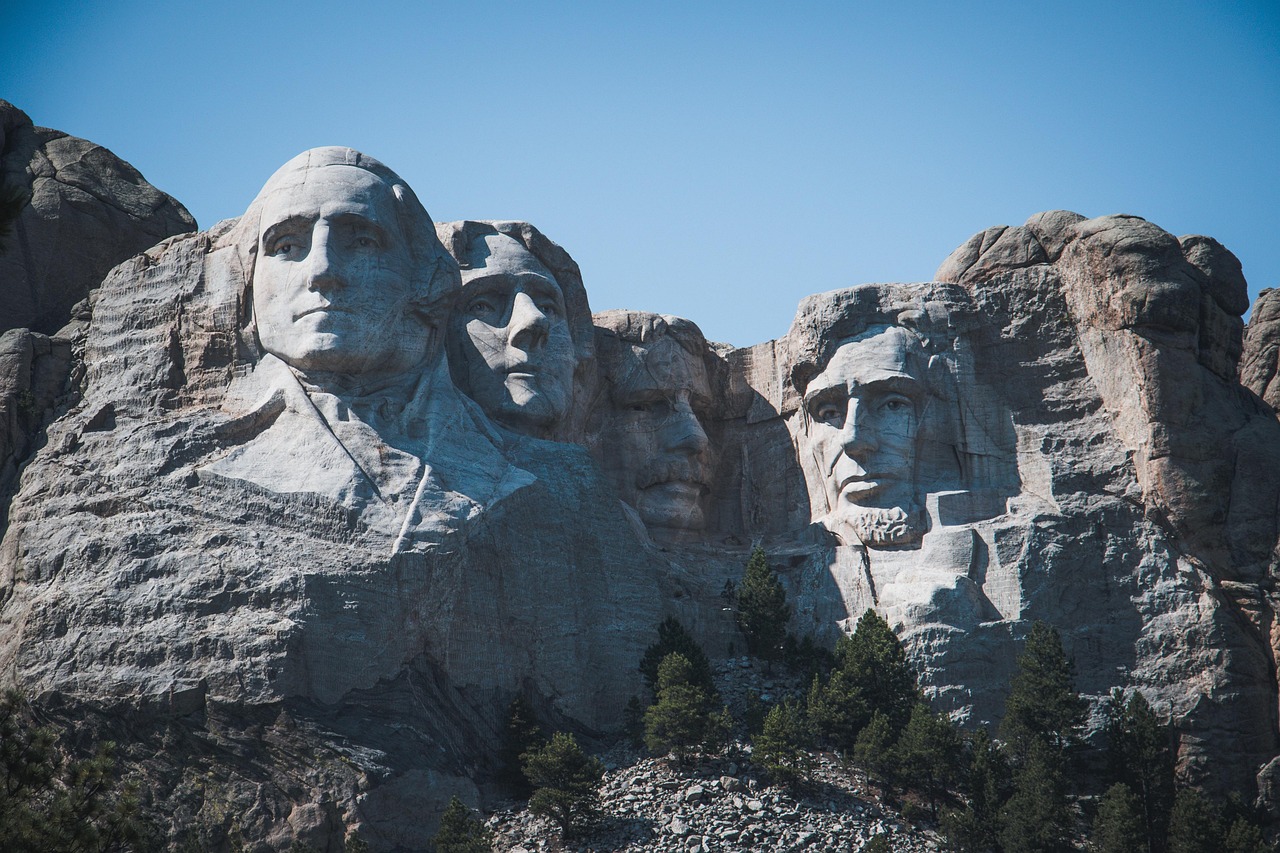
Two American presidents, Abraham Lincoln and John F. Kennedy, share eerily similar life patterns that occurred exactly 100 years apart. Lincoln was elected to Congress in 1846 and became president in 1860, while Kennedy was elected to Congress in 1946 and won the presidency in 1960. Even more chilling, both presidents were shot on a Friday and died from head wounds. Both were succeeded by vice presidents named Johnson – Andrew Johnson after Lincoln and Lyndon B. Johnson after Kennedy. Furthermore, Andrew Johnson was born in 1808 and Lyndon Johnson in 1908, exactly 100 years apart. The mathematical probability of such coincidences occurring naturally is astronomical.
A Novel That Predicted the Titanic Disaster 14 Years Early
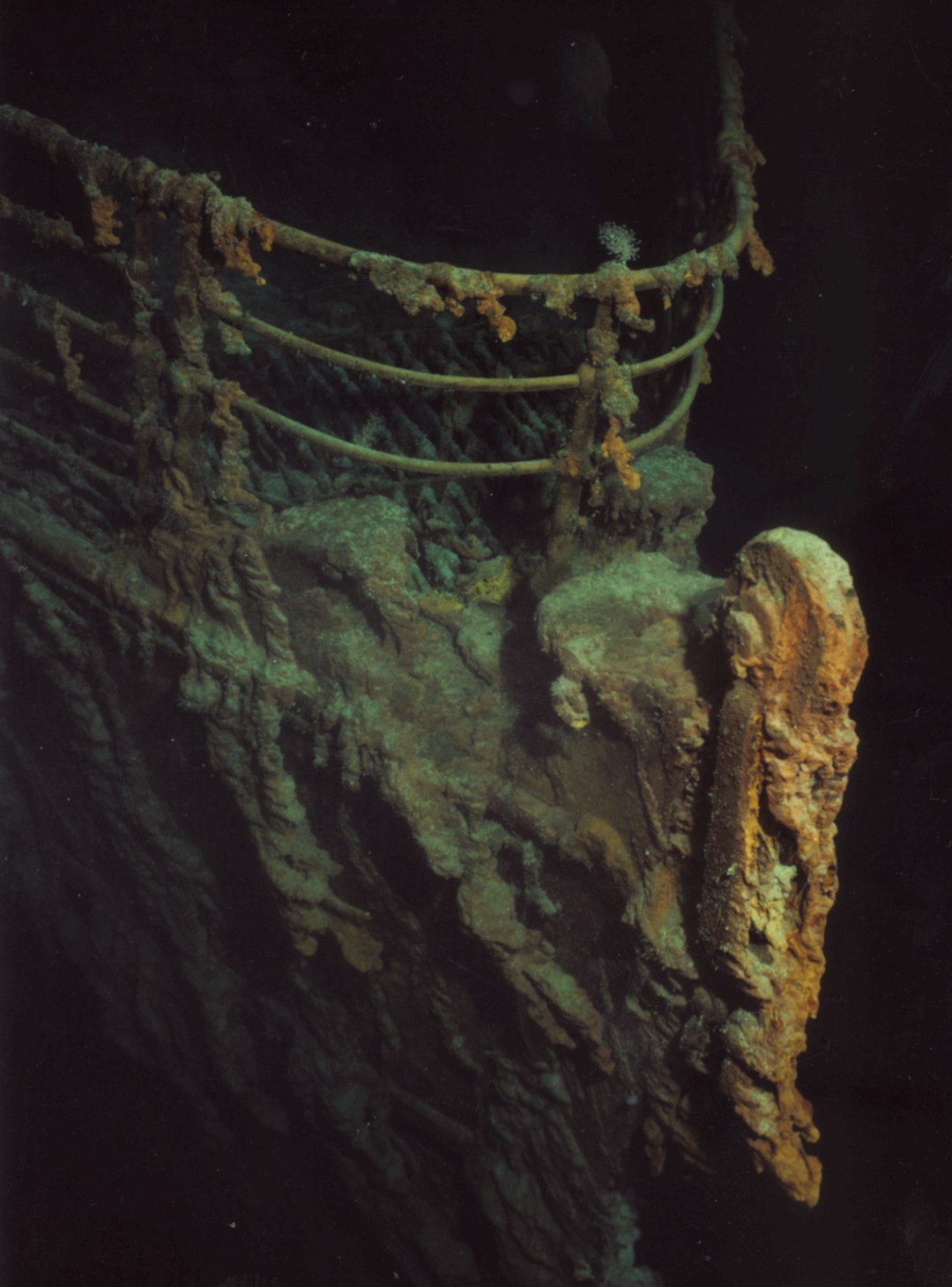
In 1898, author Morgan Robertson published a novella called “Futility” about a fictional ship named Titan that sinks in the North Atlantic after hitting an iceberg – 14 years before the Titanic met the same fate. The fictional Titan was described as the largest ship in the world, considered unsinkable, roughly the same size as the real Titanic with about the same number of passengers and insufficient lifeboats. The similarities are staggering – Robertson’s Titan was 800 feet long while the Titanic measured 882.5 feet, and both ships set sail in April with disaster striking around midnight. After the real Titanic sank, Robertson gained fame as a clairvoyant, but he denied any supernatural ability, saying simply: “No, I know what I’m writing about, that’s all”. This coincidence has fascinated maritime historians and sparked endless debates about precognition versus expert knowledge.
Mark Twain’s Cosmic Connection to Halley’s Comet
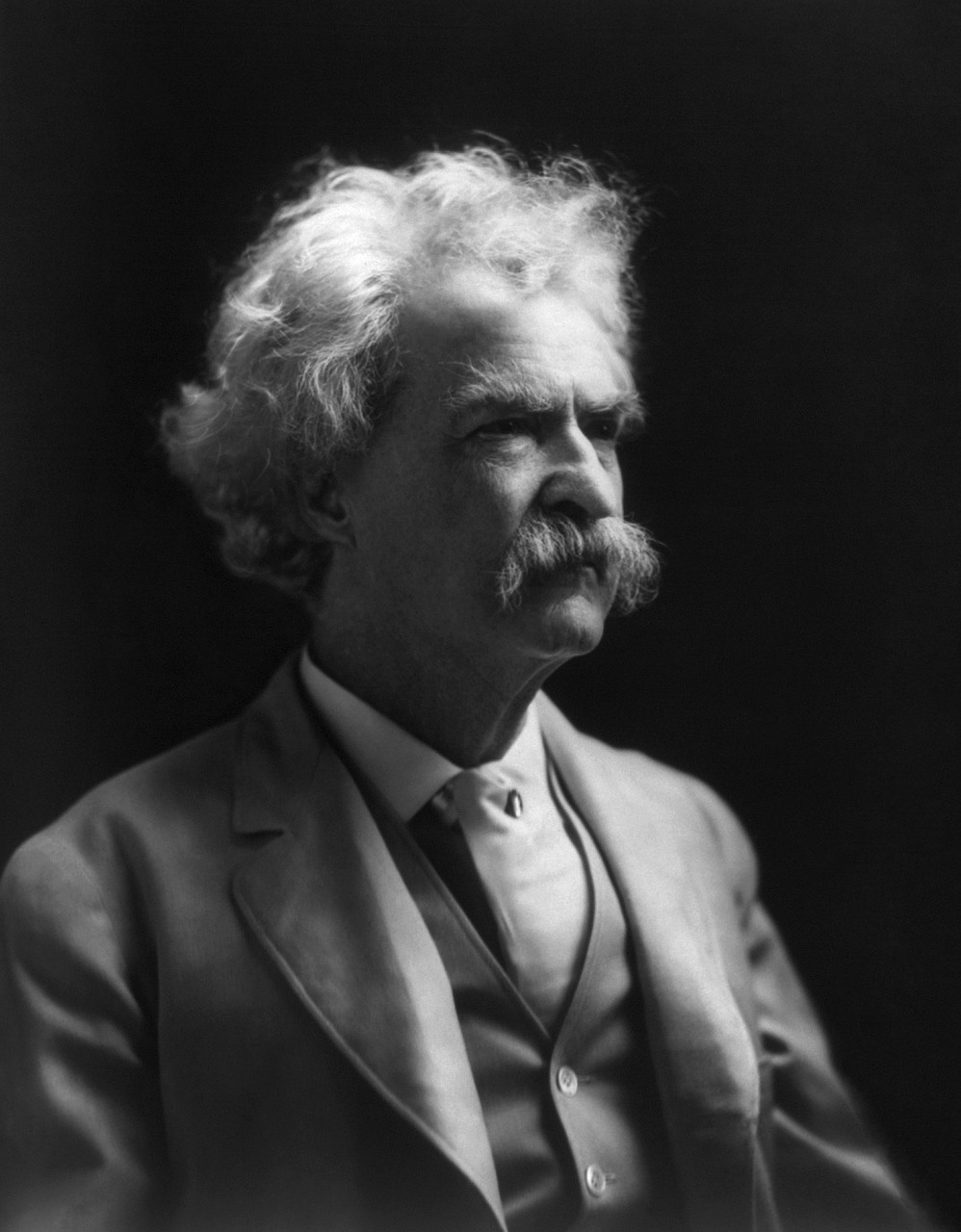
Mark Twain (Samuel Clemens) was born on November 30, 1835, just two weeks after Halley’s Comet reached its perihelion, and died on April 21, 1910. The comet’s next perihelion occurred on April 20, 1910 – exactly one day before Twain’s death. What makes this truly extraordinary is that Twain actually predicted his own death, writing: “I came in with Halley’s Comet in 1835. It is coming again next year, and I expect to go out with it. It will be the greatest disappointment of my life if I don’t go out with Halley’s Comet. The Almighty has said, no doubt: ‘Now here are these two unaccountable freaks; they came in together, they must go out together'”. Halley’s Comet has an orbital period of approximately 75 years, with its shortest cycle being 74.42 years between 1835 and 1910. Twain’s uncanny timing with this celestial visitor remains one of history’s most fascinating coincidences.
The Founding Fathers’ Fourth of July Double Death
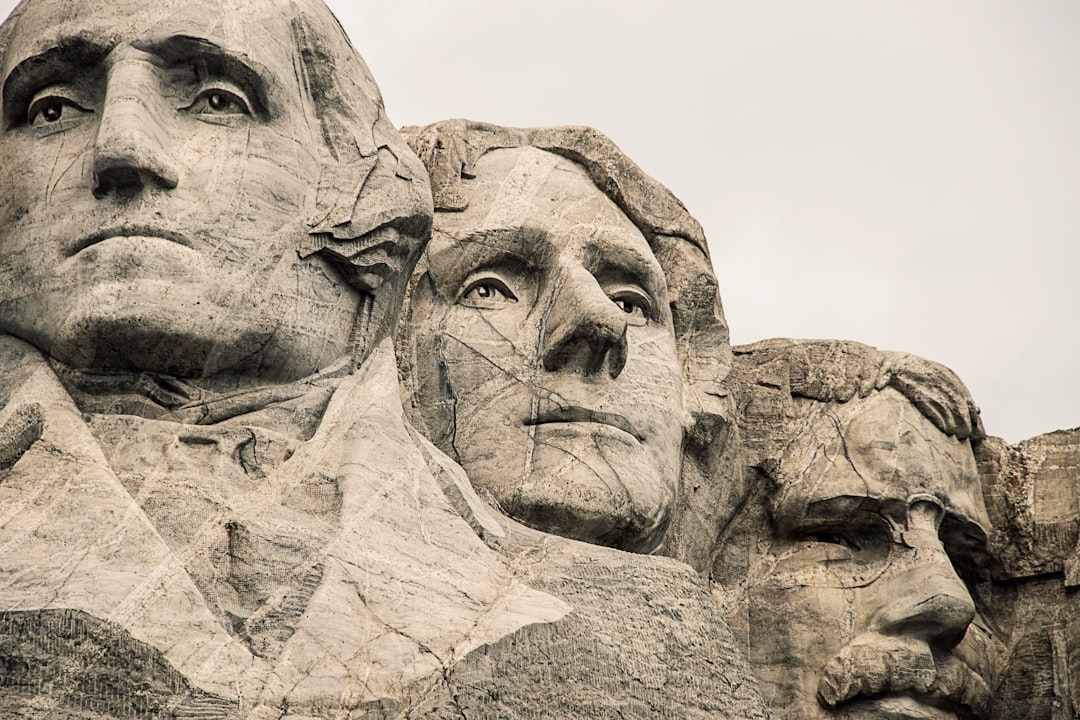
On July 4, 1826 – the 50th anniversary of American independence – both Thomas Jefferson and John Adams died within hours of each other, Jefferson at age 83 in Monticello, Virginia, and Adams at age 90 in Quincy, Massachusetts. Adams’ last words were reportedly “Thomas Jefferson still survives,” but he was mistaken – Jefferson had died five hours earlier. These two presidents had been politically estranged for eleven years after the presidential election of 1800, with Jefferson forming the Democratic-Republican Party while Adams remained a Federalist, but they renewed their friendship through correspondence beginning in 1812. Statesman Daniel Webster’s eulogy captured what many believed: that something other than coincidence was involved. Adding to the mystery, exactly five years later on July 4, 1831, former President James Monroe also died.
The Tamerlane Tomb Warning That Came True

On June 20, 1940, Soviet archaeologists uncovered the tomb of Tamerlane, a descendant of Genghis Khan, which contained a warning inscription reading “Whoever opens my tomb will unleash an invader more terrible than I.” Despite the ominous warning, they opened it anyway, and Germany invaded the Soviet Union just two days later. This coincidence sent chills through the archaeological community and sparked discussions about ancient curses. Tamerlane was a Turko-Mongol conqueror responsible for up to 17 million deaths, and the inscription reportedly warned “Whomsoever opens my tomb will unleash an invader more terrible than I.” Three days after opening the tomb, Operation Barbarossa began. The timing was so precise that it seemed to validate ancient beliefs about disturbing the dead. Even seasoned scientists found themselves questioning whether some warnings from the past should be heeded.
The Unsinkable Violet Jessop’s Triple Maritime Disasters
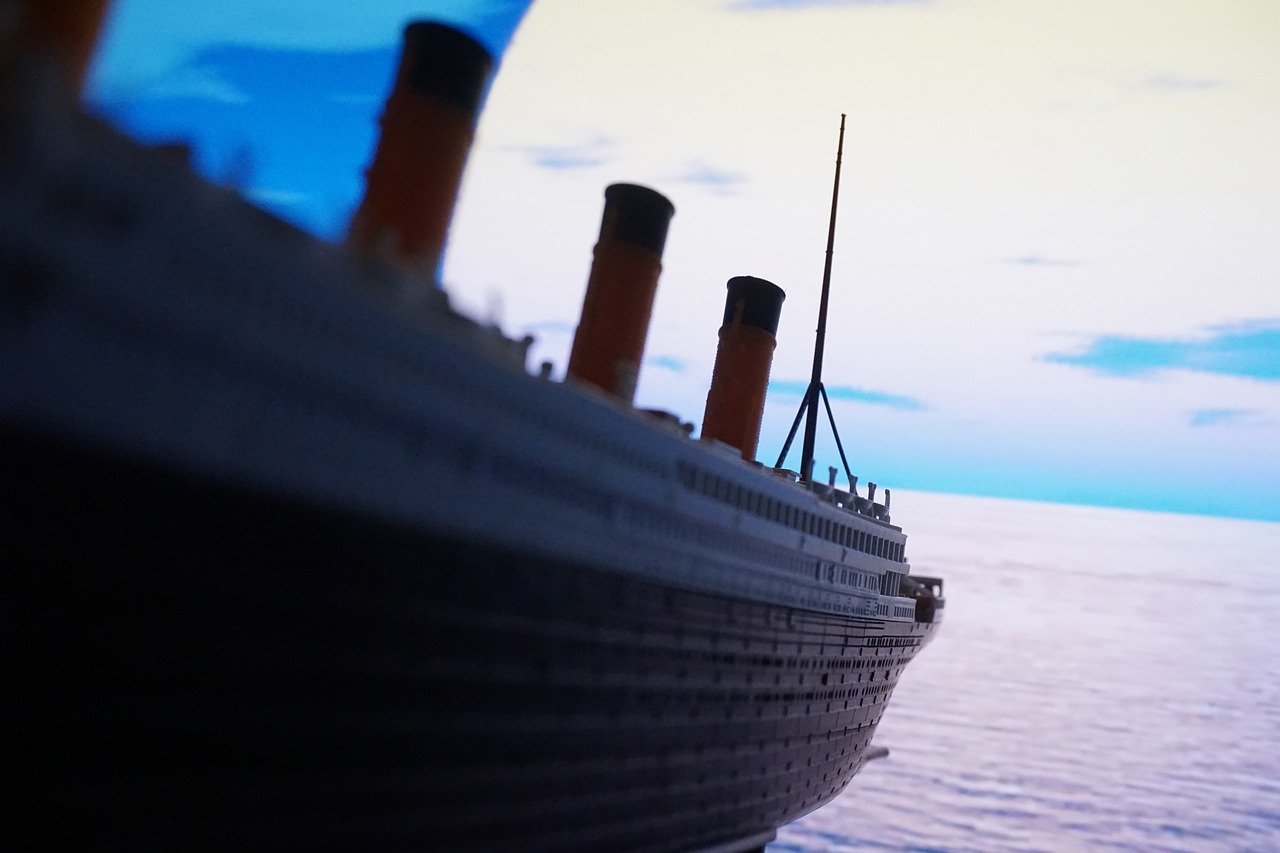
Violet Jessop was either incredibly lucky or a walking disaster magnet – she survived three major maritime catastrophes involving sister ships. She was aboard the HMS Olympic when it struggled back to port, survived the Titanic sinking as one of the lucky passengers who made it onto a lifeboat, and was working as a nurse on the Britannic when it hit a mine and sank during World War I. During the Britannic disaster, her lifeboat was nearly sucked under by the ship’s propellers, forcing her to jump out and swim for her life. She lived to the ripe old age of 83, dying in 1971, though one hopes nobody else ever got on another boat with her. Her incredible survival record makes her one of history’s most remarkable maritime witnesses.
Stephen Hawking’s Perfect Cosmic Farewell

Stephen Hawking, one of the smartest people to ever live, died on one of the most coincidentally important days in the history of math and science – March 14, 2018. This date is notable because it’s Pi Day, celebrating the mathematical constant 3.14159 that extends infinitely and relates to circles. But the cosmic coincidences didn’t stop there – March 14th also happened to be Albert Einstein’s 139th birthday and astronomer Galileo Galilei’s 300th death anniversary. As Hawking himself would tell you, time is relative, but the alignment of his death with Einstein’s birthday, Galileo’s death anniversary, and Pi Day created a perfect trifecta of scientific significance. For a man who spent his life studying the cosmos, dying on such a mathematically and scientifically meaningful date seemed almost poetic.
The Archduke’s Assassination Sandwich Shop Coincidence
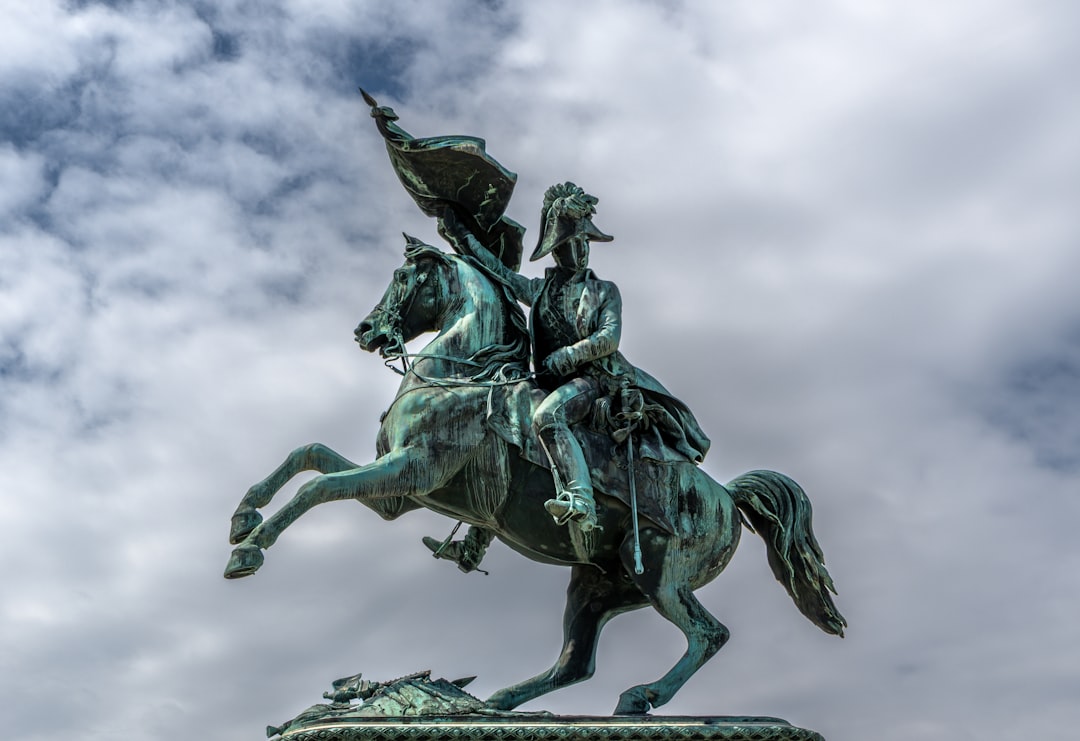
The assassination of Archduke Franz Ferdinand, which sparked World War I, happened only because one of the failed assassins stopped for a sandwich at a nearby café. Meanwhile, the archduke’s driver made a wrong turn and passed right by the same café where the attacker was eating, giving the assassin an unexpected second chance to shoot Ferdinand and his wife. This seemingly random series of events is said to have been the launch point for World War I. Without this incredible coincidence of timing and location, the course of 20th-century history might have been completely different. The fact that a sandwich break and a wrong turn could trigger a global conflict shows how fragile the threads of history really are.
The Double Atomic Bomb Survivor

On August 6 and 9, 1945, the United States dropped atomic bombs on Hiroshima and Nagasaki, killing nearly 90,000 people, but in 2009, the Japanese government confirmed that at least one man was in both cities during the bombings and survived. Tsutomu Yamaguchi was in Hiroshima on a business trip when he heard a plane, looked up, saw a B-29 drop two parachutes, and was suddenly blown over by “a flash of magnesium” – by August 9, he had returned home to Nagasaki only to experience the trauma for a second time. The statistical probability of being present for both atomic bombings and surviving is virtually impossible to calculate. Yamaguchi’s incredible story of double survival makes him perhaps the unluckiest lucky person in history. His experience provides a unique firsthand account of both bombings that changed the course of World War II.
The Hitler-Napoleon 129-Year Pattern
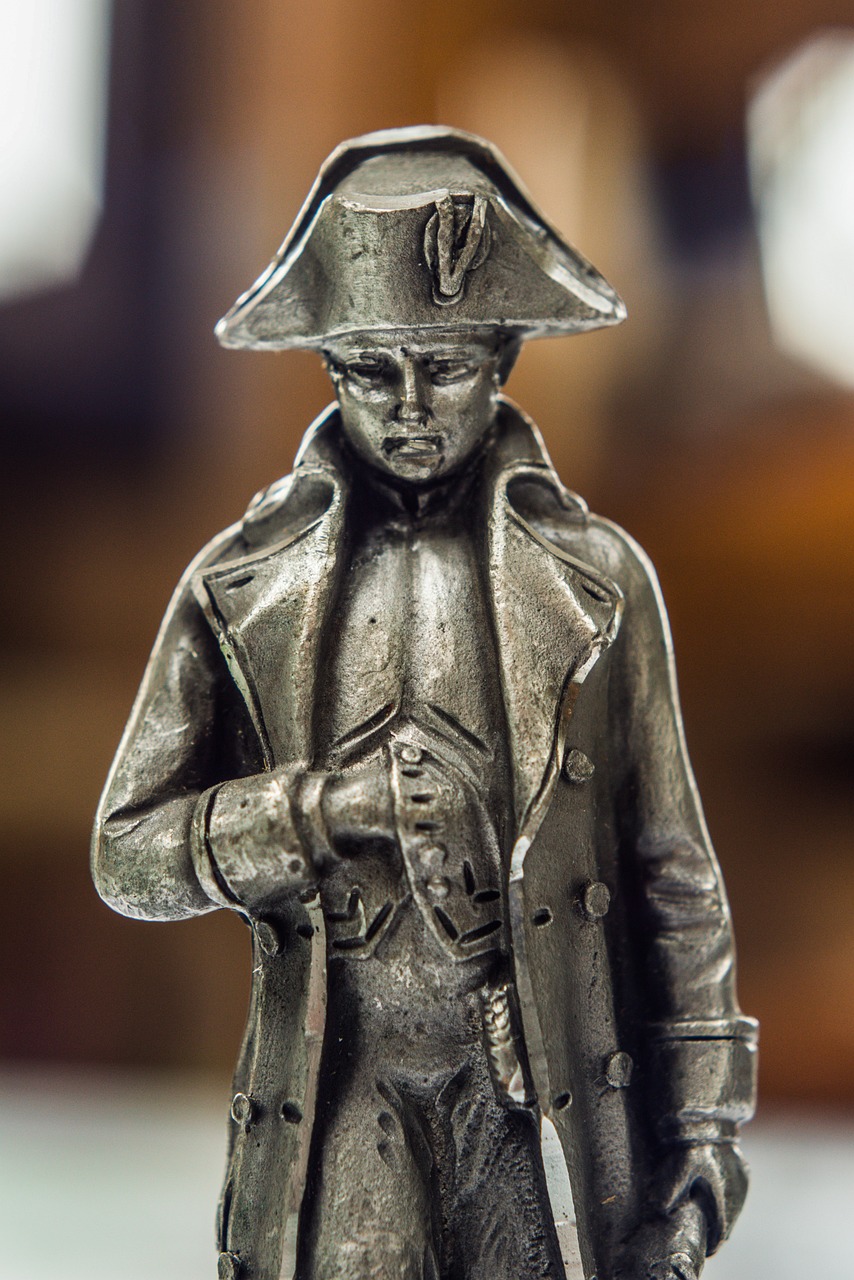
Adolf Hitler was born 129 years after Napoleon Bonaparte, came to power 129 years after Napoleon, invaded Russia 129 years after Napoleon’s invasion, and was ultimately defeated 129 years after Napoleon’s defeat. This precise 129-year gap between two of history’s most notorious military leaders seems too exact to be mere chance. Both men rose from relatively modest beginnings to conquer much of Europe through military genius and political manipulation. Both made the fatal mistake of invading Russia during winter, leading to catastrophic defeats that sealed their downfall. The parallel timelines of their lives and careers create an eerie pattern that historians still struggle to explain.
The Ohio Car Crash That Defied All Odds

In 1895, there were only two cars in the entire state of Ohio, yet somehow these two vehicles managed to crash into each other. Given the vast rural landscape of Ohio and the primitive road system of the 1890s, the mathematical probability of these two lone automobiles finding each other was astronomical. The crash essentially left Ohio temporarily carless, creating a darkly humorous moment in automotive history. This collision perfectly illustrates Murphy’s Law –

